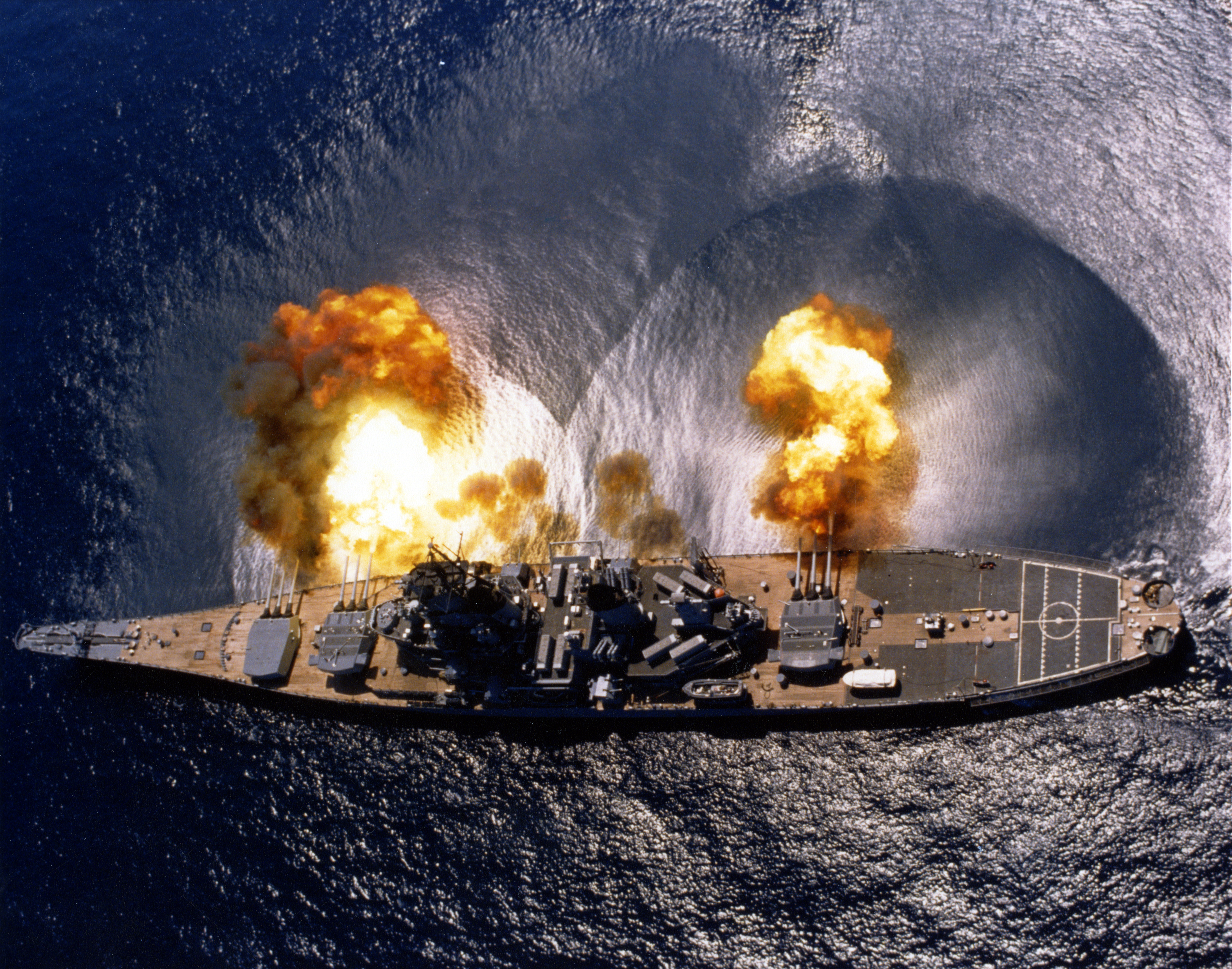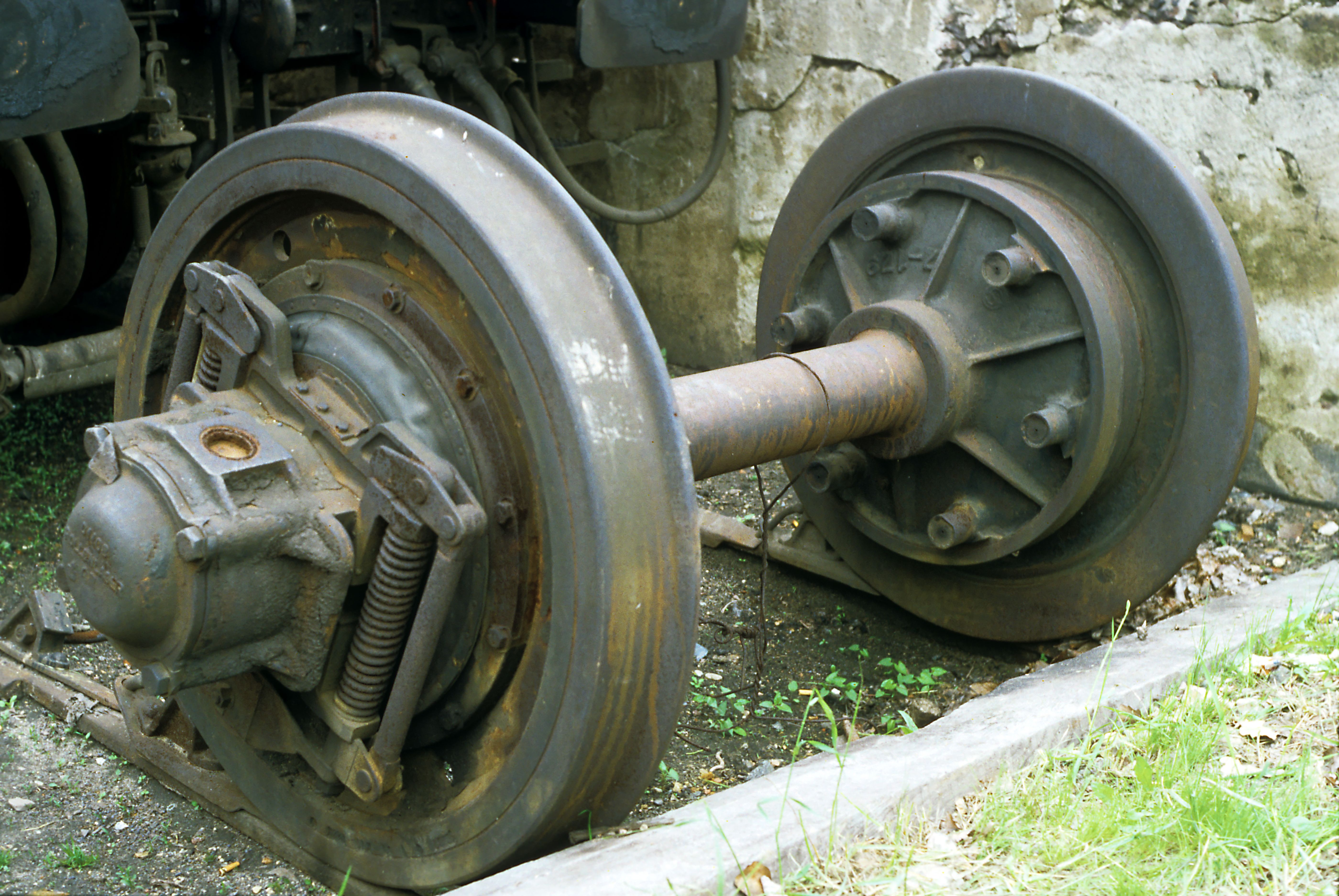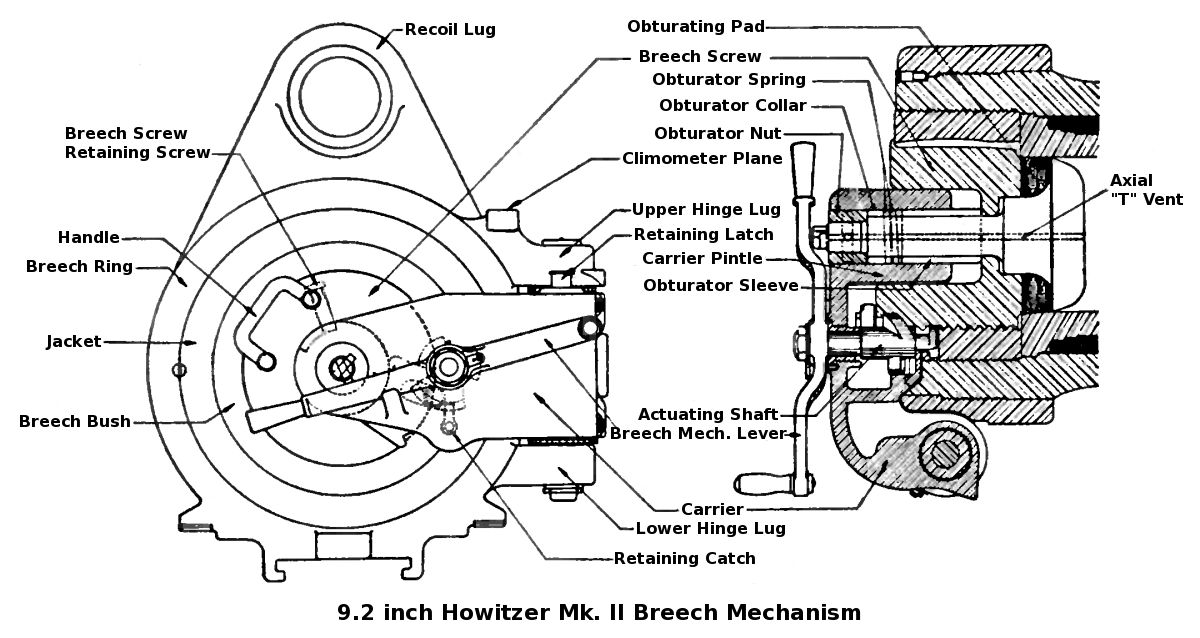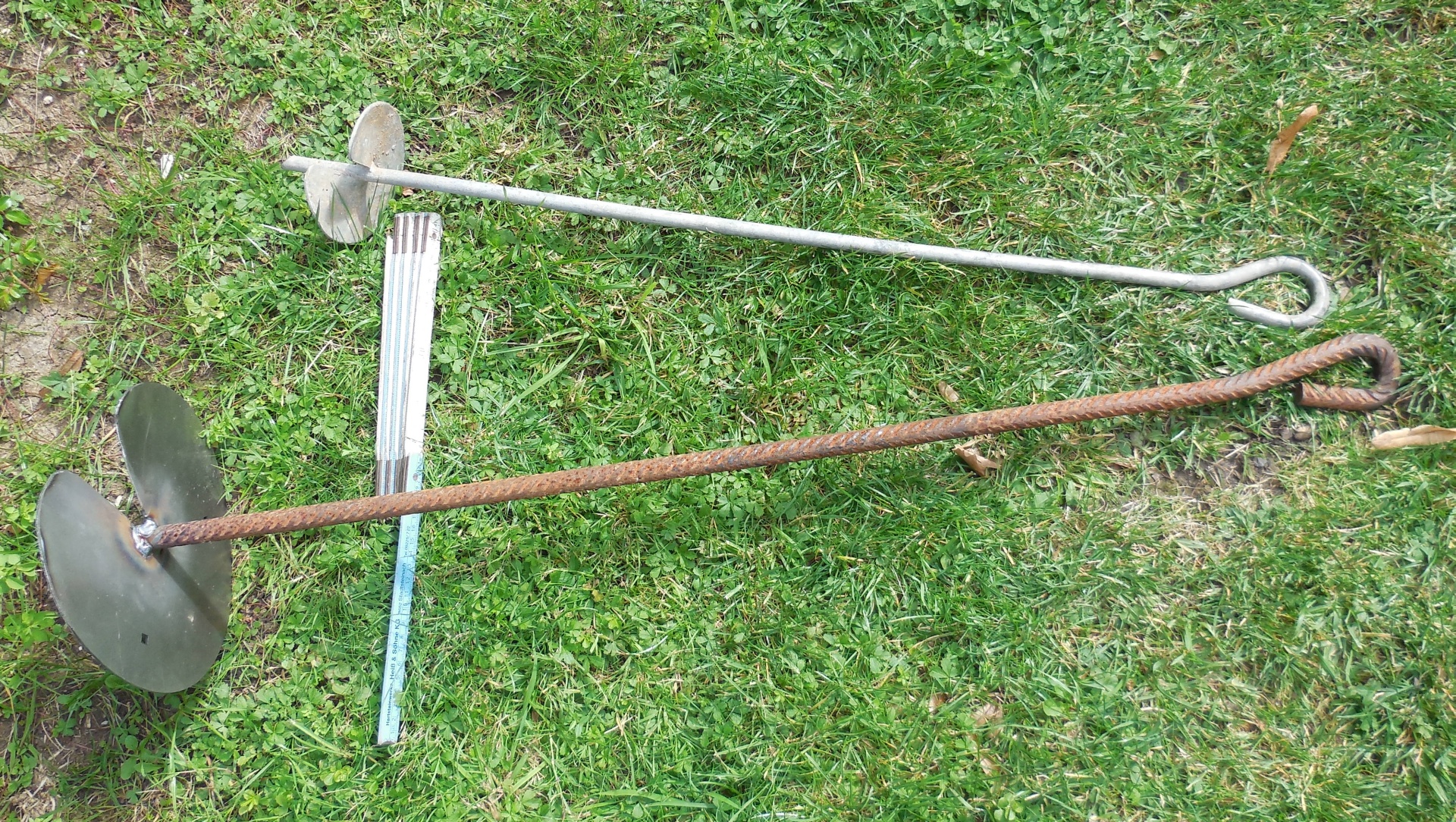|
Canon De 138 Mm Modèle 1893 Naval Gun
The Canon de 138 mm Modèle 1893 was a medium-calibre naval gun of the French Navy used during World War I and World War II. It was carried by a number of ships built during the 1890s including the pre-dreadnought battleships. Guns from scrapped warships were later mounted on auxiliary ships during the 1930s.Campbell, p. 300 Design The 45-calibre ''Mle 1893'' was the culmination of a family of guns first produced in 1884. The design progressed from the 30-caliber Mle 1884 and Mle 1891 guns, to the 44-caliber Mle 1888 and Mle 1891 guns and lastly the 45-caliber Mle 1887, Mle 1891 and Mle 1893 guns. The 44-caliber and 45-caliber guns had nearly identical ballistic performance and used the same ammunition. The Mle 1893 used the typical built-up construction of its time. It had a screw breech and used separate-loading ammunition. In the battleships it was installed in armored casemates, using central pivot mounts, but no details are available. Railway artillery A number of m ... [...More Info...] [...Related Items...] OR: [Wikipedia] [Google] [Baidu] |
Naval Gun
Naval artillery is artillery mounted on a warship, originally used only for naval warfare and then subsequently used for more specialized roles in surface warfare such as naval gunfire support (NGFS) and anti-aircraft warfare (AAW) engagements. The term generally refers to powder-launched projectile-firing weapons and excludes self-propelled projectiles such as torpedoes, rockets, and missiles and those simply dropped overboard such as depth charges and naval mines. Origins The idea of ship-borne artillery dates back to the classical era. Julius Caesar wrote about the Roman navy's usage of ship-borne catapults against Celtic Britons ashore in his ''Commentarii de Bello Gallico''. The dromons of the Byzantine Empire carried catapults and Greek fire. From the Middle Ages onwards, warships began to carry cannons of various calibres. In the Battle of Tangdao in 1161, the Southern Song general Li Bao used huopao (a type of gunpowder weapons, possibly cannons) and fire arrows against ... [...More Info...] [...Related Items...] OR: [Wikipedia] [Google] [Baidu] |
Variable Gauge
Variable gauge systems allow railway vehicles to travel between two railways with different track gauges. Vehicles are equipped with variable gauge axles (VGA). The gauge is altered by driving the train through a gauge changer installed at the break of gauge which moves the wheels to the gauge desired. Variable gauge systems exist within the internal network of Spain, and are installed on international links between Spain/France (Spanish train), Sweden/Finland (Swedish train), Poland/Lithuania (Polish train) and Poland/Ukraine Ukraine is a country in Eastern Europe. It is the List of European countries by area, second-largest country in Europe after Russia, which Russia–Ukraine border, borders it to the east and northeast. Ukraine also borders Belarus to the nor ... (Polish train). A system for changing gauge without the need to stop is in widespread use for passenger traffic in Spain, for services run on a mix of dedicated high-speed lines (using Standard gauge) and ... [...More Info...] [...Related Items...] OR: [Wikipedia] [Google] [Baidu] |
Glossary Of British Ordnance Terms
This article explains terms used for the British Armed Forces' Materiel, ordnance (weapons) and ammunition. The terms may have different meanings depending on their usage in another country's military. BD Between decks: applies to a naval gun mounting in which part of the rotating mass is below the deck, and part of it is above the deck. This allows for a lower profile for a gun turret, turret, meaning that the turrets need not be superfiring (i.e. they can be mounted on the same deck and not obstruct each other at high angles of elevation). BL The term BL, in its general sense, stood for breech loading, and contrasted with muzzle loading. The shell was loaded via the breech (i.e. the gunner's end of the barrel, which opened) followed by the propellant charge, and the breech mechanism was closed to seal the chamber. Breech loading, in its formal British ordnance sense, served to identify the gun as the type of Rifled breech-loader, rifled breechloading gun for which the powder c ... [...More Info...] [...Related Items...] OR: [Wikipedia] [Google] [Baidu] |
Armor-piercing Shot And Shell
Armour-piercing ammunition (AP) is a type of projectile designed to penetrate armour protection, most often including naval armour, body armour, and vehicle armour. The first, major application of armour-piercing projectiles was to defeat the thick armour carried on many warships and cause damage to their lightly armoured interiors. From the 1920s onwards, armour-piercing weapons were required for anti-tank warfare. AP rounds smaller than 20 mm are intended for lightly armoured targets such as body armour, bulletproof glass, and lightly armoured vehicles. As tank armour improved during World War II, anti-vehicle rounds began to use a smaller but dense penetrating body within a larger shell, firing at a very-high muzzle velocity. Modern penetrators are long rods of dense material like tungsten or depleted uranium (DU) that further improve the terminal ballistics. Penetration In the context of weaponry, ''penetration'' is the ability of a weapon or projectile to pierce ... [...More Info...] [...Related Items...] OR: [Wikipedia] [Google] [Baidu] |
Earth Anchor
An earth anchor is a device designed to support structures, most commonly used in Geotechnical engineering, geotechnical and construction applications. Also known as a ground anchor, percussion driven earth anchor or mechanical anchor, it may be impact driven into the ground or run in spirally, depending on its design and intended force-resistance characteristics. Earth anchors are used in both temporary or permanent applications, including supporting retaining walls, guyed masts, and circus tents. History The first practical earth anchor was invented in 1912 by Albert Bishop Chance in Centralia, Missouri, in response to an ice storm that knocked down his company’s telephone poles. The town of Centralia holds an annual Anchor Day Festival. Applications Earth anchors are typically used in civil engineering and construction projects, and have a variety of applications, including: * Retaining walls, as part of erosion control systems. * Structural support of temporary buildi ... [...More Info...] [...Related Items...] OR: [Wikipedia] [Google] [Baidu] |
Hydraulic Recoil Mechanism
A hydraulic recoil mechanism is a way of limiting the effects of recoil and adding to the accuracy and firepower of an artillery piece. Description The idea of using a water brake to counteract the recoil of naval cannons was first suggested to the British Admiralty by Carl Wilhelm Siemens in the early 1870s, but it took about a decade for the idea to be commercialized, primarily by Josiah Vavasseur. The usual recoil system in modern quick-firing guns is the ''hydro-pneumatic recoil system''. In this system, the barrel is mounted on rails on which it can recoil to the rear, and the recoil is taken up by a cylinder which is similar in operation to an automotive gas-charged shock absorber. It is commonly mounted parallel to the barrel, but is shorter and smaller. The cylinder is charged with compressed air, as well as hydraulic oil; in operation, the barrel's energy is taken up in compressing the air as the barrel recoils backward, then is dissipated via hydraulic da ... [...More Info...] [...Related Items...] OR: [Wikipedia] [Google] [Baidu] |
Trunnion
A trunnion () is a cylinder, cylindrical Boss (engineering), protrusion used as a mounting or pivoting point. First associated with cannons, they are an important military development. In mechanical engineering (see the Trunnion#Trunnion bearings, trunnion bearing section below), it is one part of a rotating joint where a shaft (the trunnion) is inserted into (and turns inside) a full or partial cylinder. Medieval history In a cannon, the trunnions are two projections cast just forward of the center of mass of the cannon and fixed to a two-wheeled movable gun carriage. With the creation of larger and more powerful siege guns in the early 15th century, a new way of mounting them became necessary. Stouter gun carriages were created with reinforced wheels, axles, and “trails” which extended behind the gun. Guns were now as long as in length and they were capable of shooting iron projectiles weighing from . When discharged, these wrought iron balls were comparable in range ... [...More Info...] [...Related Items...] OR: [Wikipedia] [Google] [Baidu] |
Standard-gauge Railway
A standard-gauge railway is a railway with a track gauge of . The standard gauge is also called Stephenson gauge (after George Stephenson), international gauge, UIC gauge, uniform gauge, normal gauge in Europe, and SGR in East Africa. It is the most widely used track gauge around the world, with about 55% of the lines in the world using it. All high-speed rail lines use standard gauge except those in Russia, Finland, Uzbekistan, and some line sections in Spain. The distance between the inside edges of the heads of the rails is defined to be 1,435 mm except in the United States, Canada, and on some heritage British lines, where it is defined in U.S. customary/ British Imperial units as exactly "four feet eight and one half inches", which is equivalent to 1,435.1mm. History As railways developed and expanded, one of the key issues was the track gauge (the distance, or width, between the inner sides of the rail heads) to be used, as the wheels of the rolling stock (locomoti ... [...More Info...] [...Related Items...] OR: [Wikipedia] [Google] [Baidu] |
Caliber
In guns, particularly firearms, but not #As a measurement of length, artillery, where a different definition may apply, caliber (or calibre; sometimes abbreviated as "cal") is the specified nominal internal diameter of the gun barrel Gauge (firearms), bore – regardless of how or where the bore is measured and whether the finished bore matches that specification. It is measured in inches or in millimetres, millimeters]ref name=barnes2016-p9> In the United States it is expressed in hundredths of an inch; in the United Kingdom in thousandths; and elsewhere in millimeters. For example, a US "45 caliber" firearm has a barrel diameter of roughly 0.45 inches (11.43mm). Barrel diameters can also be expressed using metric dimensions. For example, a "9 mm pistol" has a barrel diameter of about 9 millimeters. Since metric and US customary units do not convert evenly at this scale, metric conversions of caliber measured in decimal inches are typically approximations of the precise spe ... [...More Info...] [...Related Items...] OR: [Wikipedia] [Google] [Baidu] |
World War I
World War I or the First World War (28 July 1914 – 11 November 1918), also known as the Great War, was a World war, global conflict between two coalitions: the Allies of World War I, Allies (or Entente) and the Central Powers. Fighting took place mainly in European theatre of World War I, Europe and the Middle Eastern theatre of World War I, Middle East, as well as in parts of African theatre of World War I, Africa and the Asian and Pacific theatre of World War I, Asia-Pacific, and in Europe was characterised by trench warfare; the widespread use of Artillery of World War I, artillery, machine guns, and Chemical weapons in World War I, chemical weapons (gas); and the introductions of Tanks in World War I, tanks and Aviation in World War I, aircraft. World War I was one of the List of wars by death toll, deadliest conflicts in history, resulting in an estimated World War I casualties, 10 million military dead and more than 20 million wounded, plus some 10 million civilian de ... [...More Info...] [...Related Items...] OR: [Wikipedia] [Google] [Baidu] |
Pre-dreadnought Battleship
Pre-dreadnought battleships were sea-going battleships built from the mid- to late- 1880s to the early 1900s. Their designs were conceived before the appearance of in 1906 and their classification as "pre-dreadnought" is retrospectively applied. In their day, they were simply known as "battleships" or else more rank-specific terms such as "first-class battleship" and so forth. The pre-dreadnought battleships were the pre-eminent warships of their time and replaced the ironclad warship, ironclad battleships of the 1870s and 1880s. In contrast to the multifarious development of ironclads in preceding decades, the 1890s saw navies worldwide start to build battleships to a common design as dozens of ships essentially followed the design of the Royal Navy's . Built from steel, protected by compound armour, compound, nickel steel or case-hardening, case-hardened steel armor, pre-dreadnought battleships were driven by coal-fired boilers powering triple-expansion steam engine, compou ... [...More Info...] [...Related Items...] OR: [Wikipedia] [Google] [Baidu] |
French Navy
The French Navy (, , ), informally (, ), is the Navy, maritime arm of the French Armed Forces and one of the four military service branches of History of France, France. It is among the largest and most powerful List of navies, naval forces in the world recognised as being a blue-water navy. The French Navy is capable of operating globally and conducting expeditionary missions, maintaining a significant Standing French Navy Deployments, overseas presence. The French Navy is one of eight naval forces currently operating Fixed-wing aircraft, fixed-wing aircraft carriers,Along with the United States Navy, U.S., Royal Navy, U.K., People's Liberation Army Navy, China, Russian Navy, Russia, Italian Navy, Italy, Indian Navy, India, and Spanish Navy, Spain with its flagship being the only Nuclear marine propulsion, nuclear-powered aircraft carrier outside the United States Navy, and one of two non-American vessels to use Aircraft catapult, catapults to launch aircraft. Founded in the ... [...More Info...] [...Related Items...] OR: [Wikipedia] [Google] [Baidu] |








